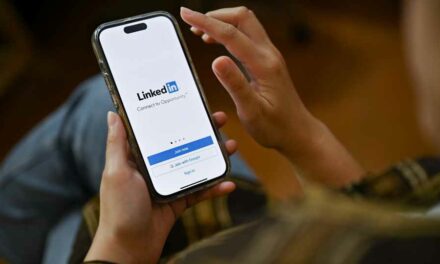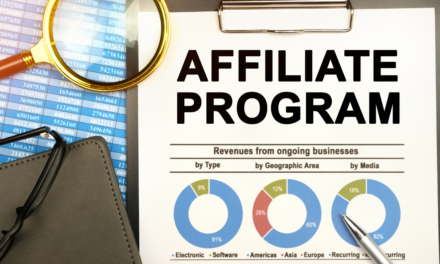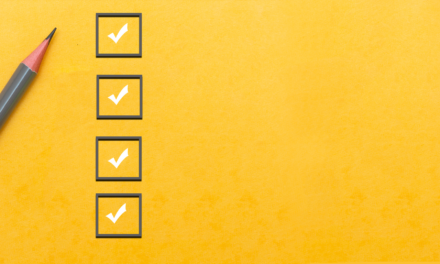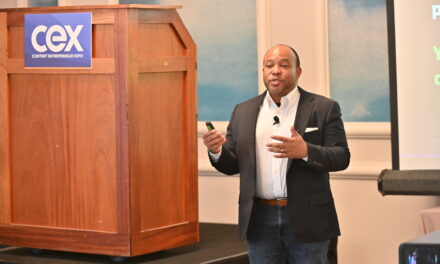Many entrepreneurs who publish think of themselves as content business owners. Being an author is only part of their big picture.
These creators are not afraid to invest their time and money into their books because — just like any other product or service they offer — these savvy entrepreneurs know it needs to be done right and look professional. Quality matters, and these creators understand that quality requires an investment.
Earlier this year, Lulu, which operates Tilt Publishing, conducted a large-scale survey of our users who publish books and earn a significant income.
Among creators who make the most, 80% spend more than 20 hours per week on their business. That might include writing and publishing, as well as creating email, videos, blogs, and being active on social media.
In contrast, 59% of creators who earn less spend less than 10 hours per week on their content. Only 20% of the creators surveyed who don’t earn significant income from their books spend more than 20 hours per week creating content or managing their content business.
The bottom line: if you want to create content that people will buy, you’ve got to put in the work.
The same goes for investing financially in their content. Among the creators surveyed, the ones who make the most spend between $500 and $2K for editing, cover design, and book formatting. Other respondents (78%) spend less than $500 on their book, with most (62%) of those indicating they spend nothing and do all of the work themselves.
Just like investing time, successful creators have to be willing to invest money in their books. I said it earlier, quality matters. And unless you’ve got a background in graphic design, editing, and writing, you’re going to need some support to create a high-quality book.
Formatting
There’s more to book formatting than paying for it. Creators who invest know what works and what doesn’t, and the value of quality. They spend the time to understand the market and craft a product that fits their audience’s needs.
The most successful authors are more likely to hire an editor. Sixty percent say they always hire an editor, while only 33% of other authors do so.
Those proportions are nearly the same for cover design, with 65% of the most profitable authors hiring a professional designer, while just 35% of other authors do so.
The books that earn the most money tend to have the highest-quality, most professional design. Your task is to clearly and honestly understand your own limitations and not be afraid to hire pros to fill the gaps.
Audience
Finally, perhaps the most important thing that successful authors (and creators of all stripes) have is an audience. I said this to an aspiring author recently: “No one will buy your book if no one knows you wrote it.”
This isn’t an original phrase or anything. But it’s so true.
Of the creators surveyed, the most successful have over 1K social media followers and 1K email subscribers. Audience size is tied directly to revenue.
Build an audience, offer great content, and earn a profit.
Do the work
Some of this data may seem obvious. Of course, authors with more revenue should have more to invest in their books. And obviously, you need an audience to sell anything.
That doesn’t diminish the value or importance of doing this kind of research. If I’ve learned anything over the last decade of working with authors and creators, it’s that they tend to make a lot of logical assumptions. But when you don’t back up the assumptions with data and proof, you can and often will wander down the wrong path. It might not be wrong, but getting even a little off track can hurt your business and make it that much harder to succeed.
So, if you’re an author or creator with a book attached to your business, keep these three differentiators in mind: You need an audience, you need to invest in your work, and you need to be sure your work possesses a professional quality.
About the author
Paul is the Senior Content Manager at Lulu. When he's not entrenched in the publishing and print-on-demand world, he likes to hike the scenic North Carolina landscape, read, sample the fanciest micro-brewed beer, and collect fountain pens. Paul is a dog person but considers himself cat tolerant.










